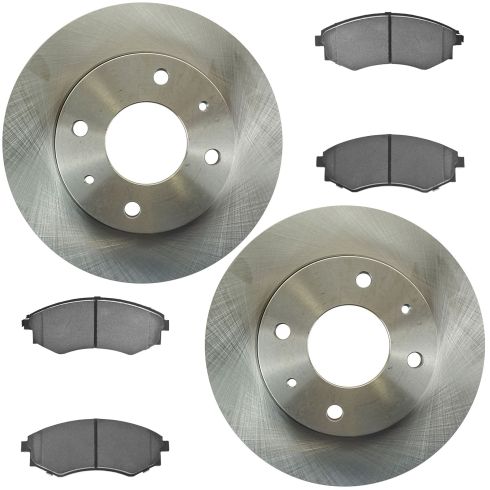1ABFS00583-Hyundai Elantra Sonata Tiburon Front Semi-Metallic Brake Pad & Rotor Kit TRQ BKA10730

Replaces
2000 Hyundai Tiburon Front Semi-Metallic Brake Pad & Rotor Kit TRQ BKA10730

Product Reviews
Loading reviews
5.00/ 5.0
1
1review
Quick simple SAVINGS!
January 12, 2020
A1Auto is my one stop shop. I was able to easily replace my front rotor and pads for my Hyundai. So simple I am doing my Subaru next. Quality is excellent and savings is incredible.
Customer Q&A
No questions have been asked about this item.
Hyundai is a registered trademark of Hyundai Motor Company. 1A Auto is not affiliated with or sponsored by Hyundai or Hyundai Motor Company.
See all trademarks.









